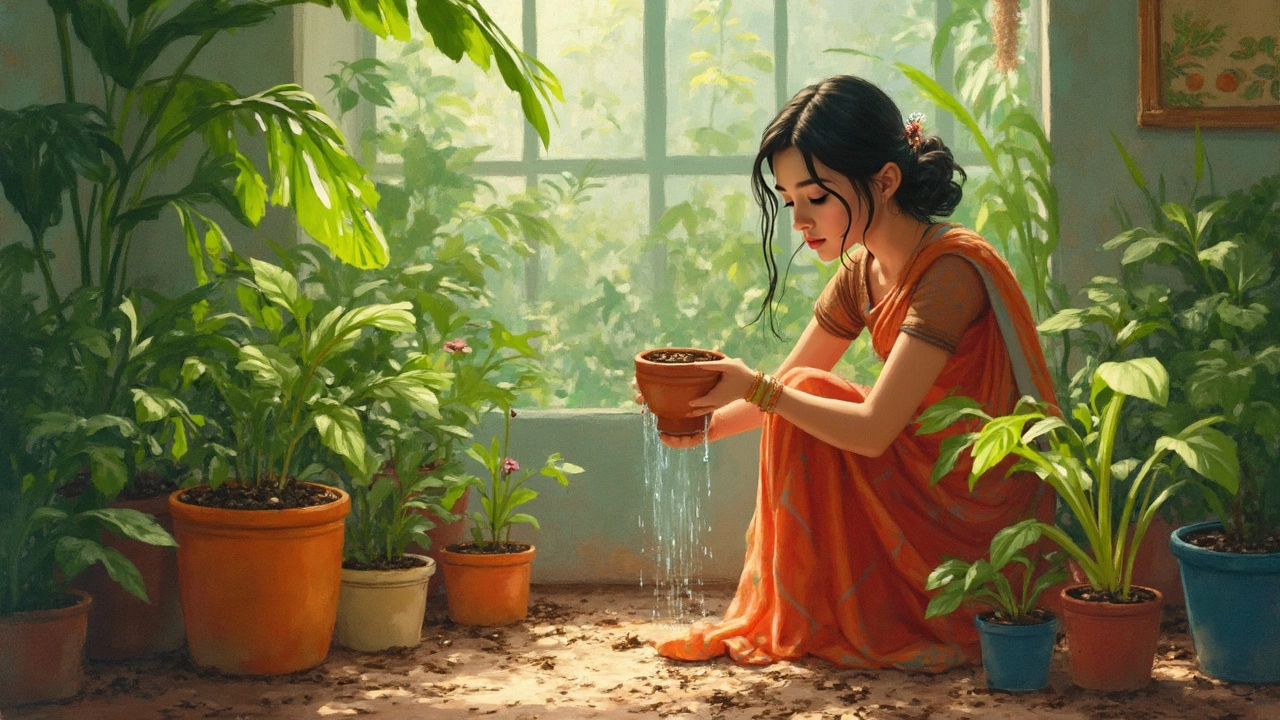Overwatering Signs: How to Tell If Your Garden Gets Too Much Water
Too much water can hurt plants just as much as not enough. The first clue is usually the leaves. If they turn yellow, feel limp, or drop off quickly, the roots might be drowning. This is the most common sign gardeners miss because it looks like a normal nutrient problem.
What the Soil and Roots Are Saying
Check the soil after watering. If it stays dark, soggy, or smells musty for more than a day, the roots aren’t getting oxygen. Gently push a finger a few inches deep – if it feels like a wet sponge, you’ve probably overwatered. In severe cases, you’ll see black, mushy roots when you pull a plant out. Those roots are dying and need to be trimmed.
Other Clear Indicators
Watch for fungal growth on the soil surface or on leaves. Pythium, downy mildew, and root rot love damp conditions. If you see white or gray patches, it’s time to cut back the water. Also, notice if the plant’s growth slows down even though you’re watering regularly. Overwatering can shut down nutrient uptake, so the plant looks stunted.
One easy test is the “lift the pot” method for containers. Pick up the pot; if it feels heavy, the soil is likely saturated. When you set it down, see if water drips from the bottom. Constant dripping means the drainage is poor or you’re watering too often.
Now that you know the signs, here’s what to do. First, let the soil dry out to the depth of the root zone before the next watering. This could be a few days for sandy soils or a week for clay. Adjust your watering schedule based on weather – rainy days need no extra water.
If you use drip irrigation, check the flow rate and emitter spacing. Too many emitters or high pressure can flood the root zone. Our guide on "How Deep Should Drip Irrigation Lines Be Buried?" explains how to set it up for even, deep watering that avoids surface sogginess.
For large gardens, consider mulching with coarse materials like straw or wood chips. Mulch reduces evaporation, so you can water less often. It also improves soil structure over time, preventing water from pooling.
Finally, keep an eye on plant response after you change the watering routine. Healthy leaves should regain their green color, and soil should feel moist but not wet. If problems persist, test the soil pH and fertility – sometimes nutrient imbalances mimic overwatering symptoms.
Remember, the goal isn’t to water less, but to water smarter. Spotting overwatering signs early saves you time, money, and plant loss. Use these tips, watch your garden’s cues, and enjoy healthier growth all season long.
Spot Overwatering vs Underwatering: Your Indoor Plant's Vital Signs
Not sure if your plant is thirsty or drowning? This guide will help you read the signs of overwatering and underwatering, ensuring your indoor jungle thrives. Understand the symptoms, investigate potential causes, and learn practical tips to balance moisture for healthy plant growth. You’ll discover how simple it is to connect with your plants and provide the care they need to flourish. With a little attention and observation, you'll become the go-to plant doctor in your home.
About
Indoor Plant Care
Latest Posts
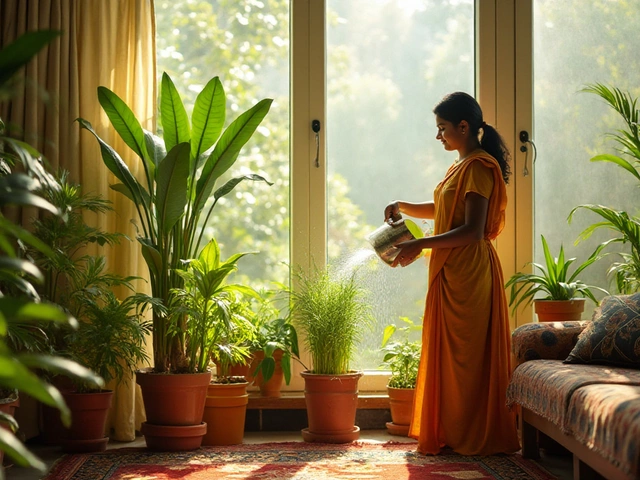
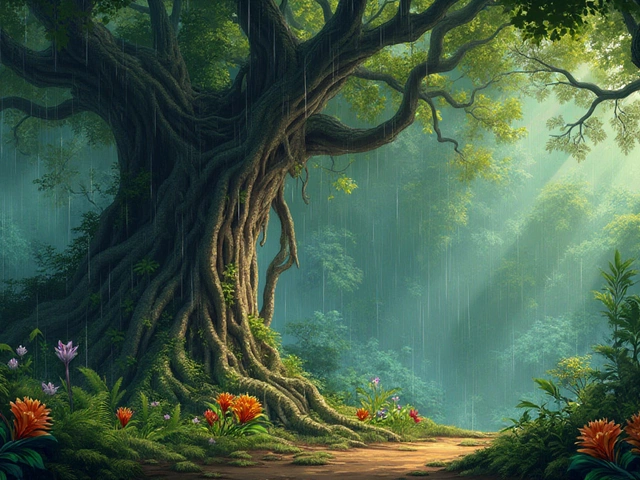
Discovering Native Indian Plants: A Seasonal Guide
By Alden Thorne Jan 17, 2025
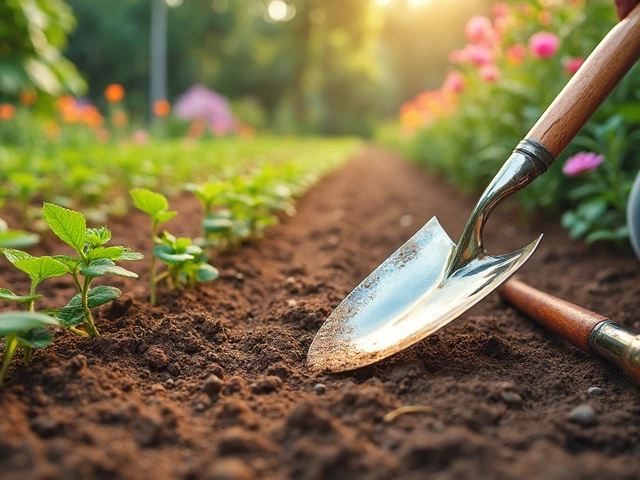
The First Essential Tool Every Gardener Needs
By Alden Thorne Apr 16, 2025
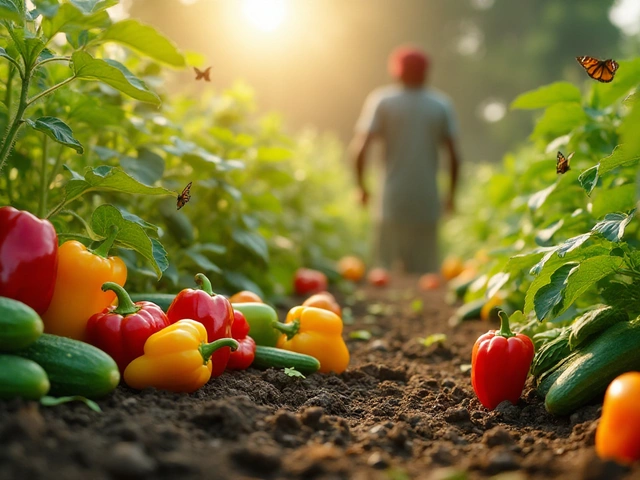
Companion Planting: Growing Peppers and Cucumbers Together
By Alden Thorne Jan 6, 2025

